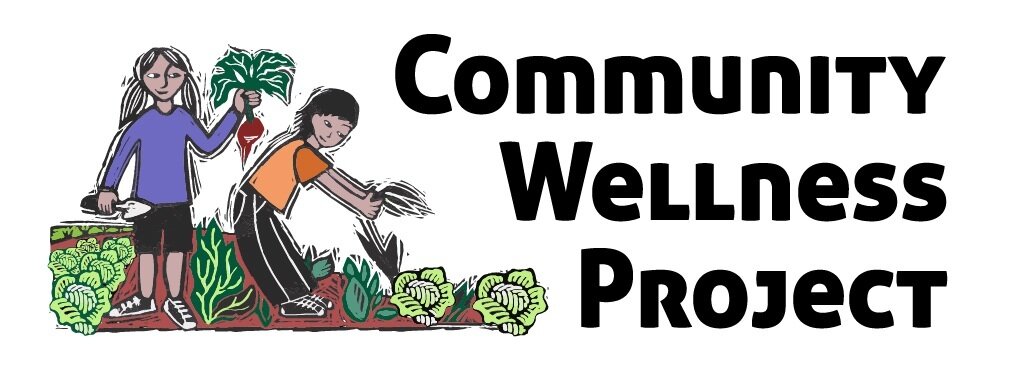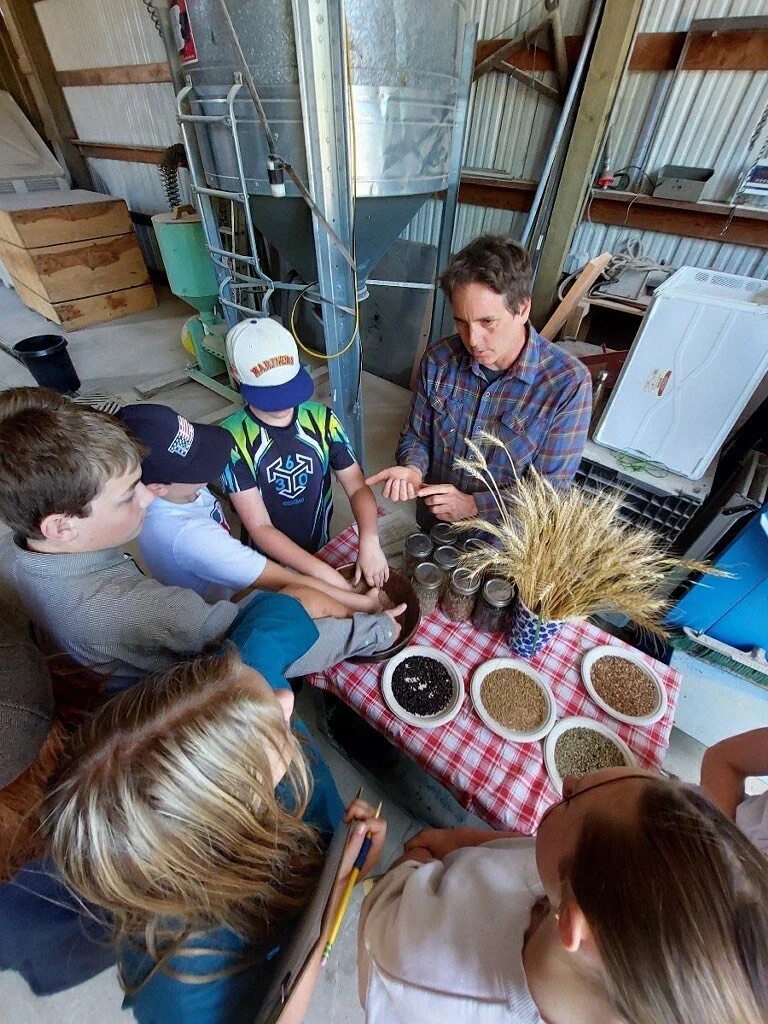What is the best way to connect a school cafeteria, administrative office staff, agriculture students and a school garden? Composting, that’s how!
Mesa Soriano, a 4th grade student at Quilcene School, is looking into the compost bin of kitchen scraps and paper shreds.
This spring, both Erin Yeakel, Quilcene School District’s Garden Coordinator and Annetta Carey-Fuson, Quilcene’s Career and Technical Education teacher, will be teaming up with students, cafeteria staff and administrative staff to create soil out of the school’s waste products.
Food scraps have been collected from the Quilcene School District cafeteria for many years by Garden Coordinators and students, and composted directly in the school garden. This year will be different. In addition to food scraps, students will be collecting paper shreds from offices and staff. The paper shreds and food scraps will be composted using a variety of compost systems, one of which will be a student built and student designed worm bin.
Mrs. Carey-Fuson plans to begin by having students assemble a store bought worm bin kit to introduce and understand the design and mechanisms of the worm composting system. Next, students will begin to design their own, based on their observation and understanding of the kit, what they thought worked well and what didn’t, then execute the building of the kit in Quilcene’s on-campus woodshop. Lastly, after purchasing around 2,000 red worms, composting will begin and students will be able to observe the process first hand.
Ms. Erin will be working with Elementary students to compost food scraps and paper shreds in an alternative way. “In the past, I have just used round wire mesh compost bins that are placed in a garden bed right where the compost will be needed,” Ms. Erin said. She builds the pile over time with food scraps from the cafeteria, hay or straw and biochar from Olympic Biochar, a charcoal by-product of our local paper mill which stores nutrients long term within the soil.
“This works great,” she continued “but I began to see a lot of rodent activity in the garden, which I might say wasn’t terrible, as it seemed their tunneling aerated the soil for us. However, rodents in the garden can be damaging in other ways.”
This year, she purchased two aluminum cans with holes drilled into them in addition to lids for the cans, to see if the compost could be made without attracting critters. Ms. Erin concluded with her shared excitement, “Annetta and I are really looking forward to seeing how all of these systems work and to see if we can find a composting option that is especially suited for our school garden. We are hoping our excitement will be contagious.”
Questions?
Contact Erin Yeakel (she/her), Garden Coordinator, Quilcene School District



